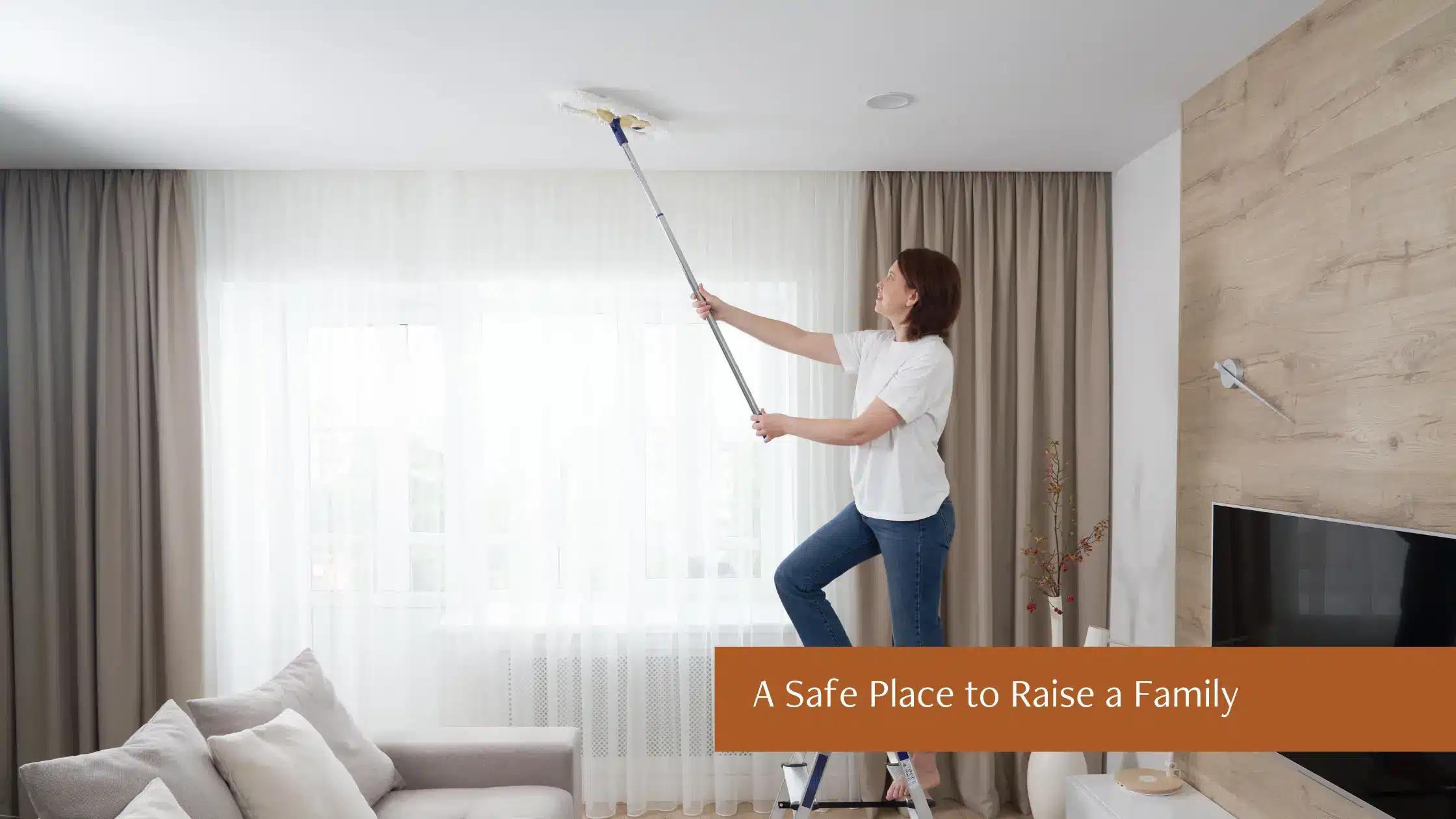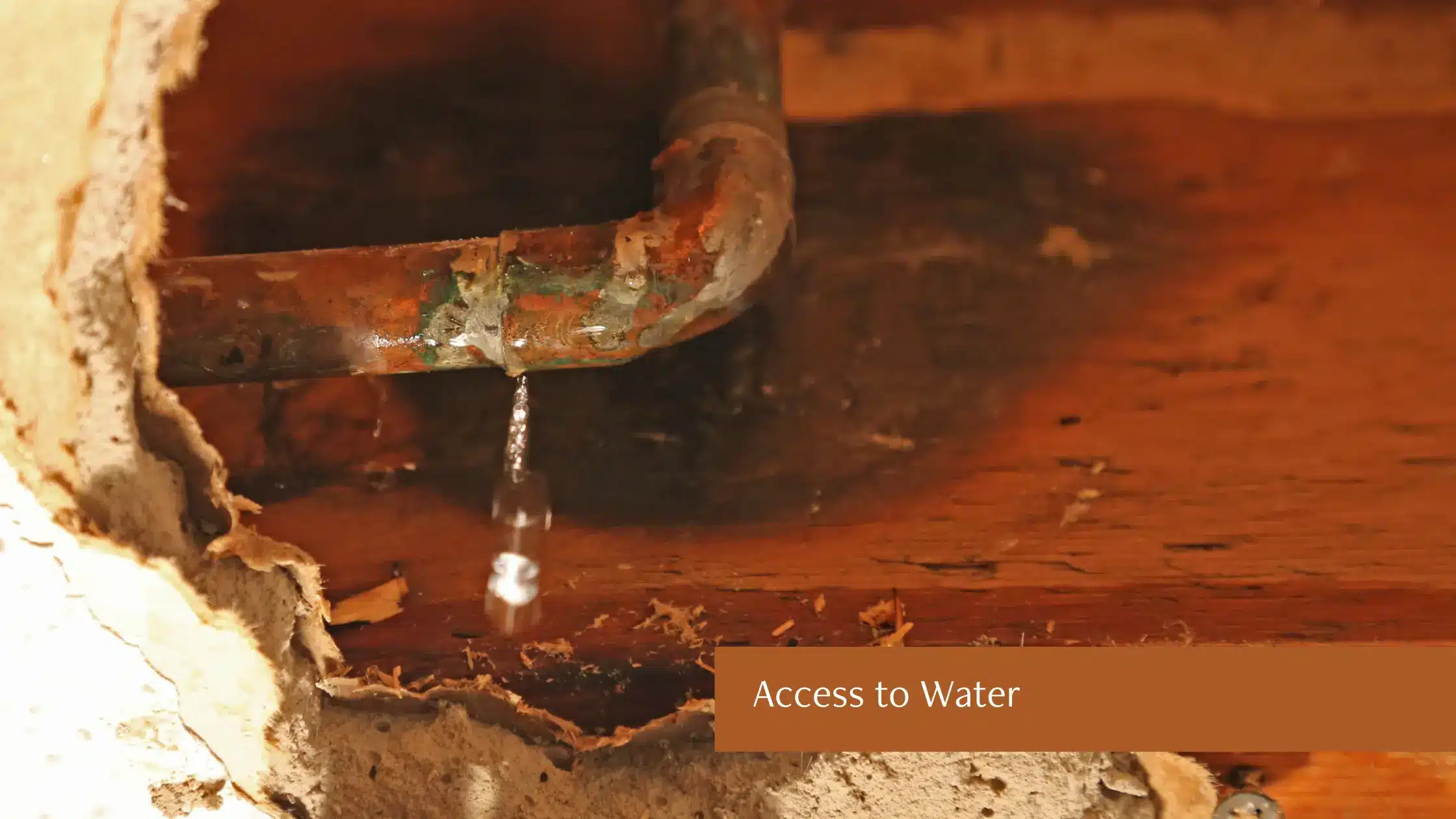What Attracts Common House Spiders Indoors?
Finding a spider crawling across your floor can be an unwelcome surprise. While most spiders you encounter in your home are harmless, their presence often raises a simple question: why are they here? Understanding what draws a common house spider indoors is the first step to managing their populations and keeping your living space comfortable and pest-free. These eight-legged visitors aren’t paying rent; they’re looking for resources.
Spiders are driven by basic survival instincts: food, water, and shelter. Your home, often unintentionally, provides a perfect environment that meets all these needs. From tiny cracks in the foundation to the warmth provided by your heating system, your house can become an arachnid haven. This article will explore the primary factors that attract spiders, helping you see your home from their perspective and learn how to make it less inviting for them.
The Allure of an Easy Meal
The number one reason any predator, including a spider, takes up residence is the availability of food. Spiders are carnivores, and their diet consists mainly of other insects and arthropods. If your home has a population of other pests, you are essentially setting a banquet table for spiders.
Common Prey Insects
A common house spider isn’t picky. It will happily feast on whatever it can catch in its web or ambush. This includes pests like:
- Flies: Fruit flies, drain flies, and house flies are prime targets.
- Mosquitoes: These biting insects are a favorite snack for many spider species.
- Moths: Often attracted to indoor lighting, moths can easily get tangled in a well-placed web.
- Ants and Cockroaches: While larger prey, some spiders will prey on these common household invaders, especially their young.
- Earwigs and Silverfish: These moisture-loving pests are often found in the same dark, damp places that spiders prefer.
An increase in spider activity is often a secondary symptom of a different, underlying pest problem. By controlling the population of these other insects through regular cleaning and proper food storage, you remove the primary food source that attracts spiders in the first place.
Seeking Shelter and a Safe Harbor
Your home offers protection from the harsh elements and natural predators that spiders face outdoors. This makes it an ideal place for them to live, hunt, and reproduce, especially as outside conditions change.
Protection from the Elements
Extreme weather is a major motivator for spiders to move indoors. During the sweltering heat of summer or the freezing temperatures of winter, the stable, climate-controlled environment of your house is incredibly appealing. Heavy rains can also flood their outdoor habitats, forcing them to seek higher, drier ground—which often means finding a way into your home. You’ll often notice an increase in spiders in the fall, as they search for a warm place to overwinter.
A Safe Place to Raise a Family
A house provides countless undisturbed locations for a female common house spider to lay her eggs. Egg sacs can contain hundreds of spiderlings and are often hidden away in dark, quiet corners. These locations protect the eggs from predators and environmental dangers until they hatch. Common nesting spots include:
- Closets and storage areas
- Behind furniture and appliances
- In the corners where walls and ceilings meet
- Within cardboard boxes that are infrequently moved

The presence of one common house spider can quickly lead to many more if they are able to reproduce successfully inside your home.
Ideal Environmental Conditions
Beyond food and physical shelter, spiders are drawn to specific environmental conditions that your home can provide in abundance.
The Appeal of Darkness and Clutter
Spiders are masters of stealth. They thrive in dark, cluttered areas where they can build their webs and hide from both prey and predators (including you). Messy basements, packed garages, and overflowing storage closets create a perfect landscape for a common house spider. These areas offer numerous anchor points for webs and plenty of nooks and crannies to retreat into. Reducing clutter is one of the most effective ways to make your home less spider-friendly.
Access to Water

Like all living things, spiders need water to survive. While they get most of their hydration from their prey, they are also attracted to areas with moisture. Leaky pipes under a sink, damp basements, humid bathrooms, and even pet water bowls can provide a necessary water source. A common house spider will often set up shop near these reliable water sources. Addressing any leaks or excess humidity can help deter them.
How Do They Get Inside?
Spiders are resourceful and can exploit the smallest openings to gain entry into your home. Common entry points include:
- Cracks and Gaps: Small openings in the foundation, walls, or around window and door frames are like open doors for spiders.
- Vents and Utility Lines: Gaps around pipes, wires, and vents that enter your home are common highways for pests.
- Damaged Screens: Torn or ill-fitting window and door screens offer easy access.
- Hitchhiking: Spiders can be accidentally brought indoors on firewood, plants, boxes, or other items that were stored outside.
Regularly inspecting your home’s exterior and sealing these potential entry points is a crucial step in spider prevention. A common house spider doesn’t need much space to squeeze through.
When to Call for Professional Help
While seeing an occasional spider is normal, a persistent or growing population can indicate a larger issue. If you’ve taken steps to clean, declutter, and seal your home but still find yourself dealing with an abundance of spiders, it may be time to call in the experts.
Brooks Pest Solutions can identify the specific species in your home, locate their entry points and nesting sites, and address any underlying pest issues that are attracting them. They have access to effective treatments that can manage the current population and provide long-term prevention strategies.Don’t let spiders take over your home. If you’re tired of sharing your space with unwanted arachnids, contact a professional pest control service today. Let the experts provide a comprehensive solution for a spider-free home.
